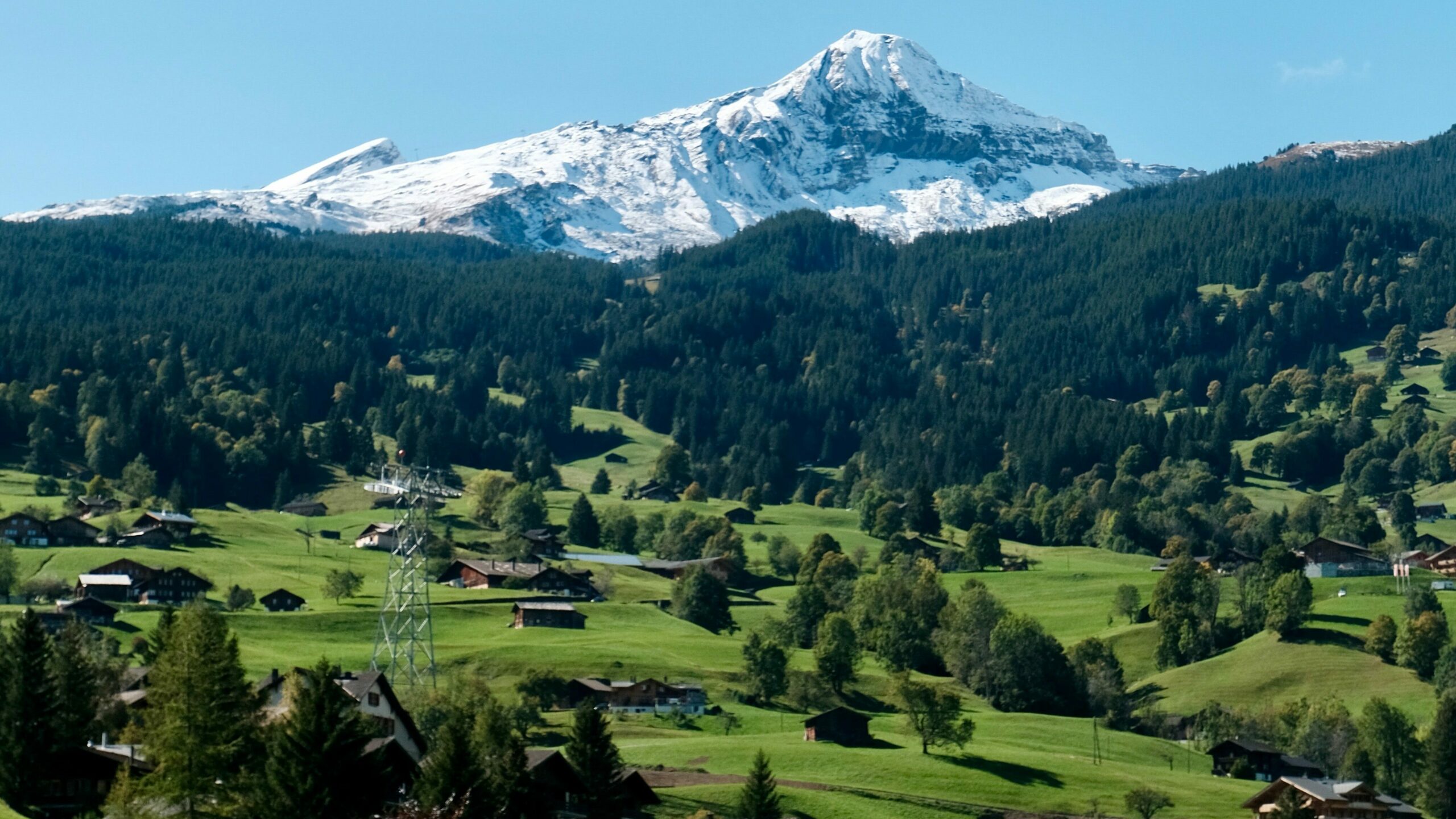
Purpose and context
The PANORAMA project uses and promotes cooperation between research institutes, companies, stakeholders, and local authorities to identify and provide decision support for the implementation of innovative solutions in the field of energy efficiency, the use of renewable energies, and the collaboration of producers and consumers within the framework of energy communities.
The increasing urgency of the energy transition, caused by the climate crisis and the current political situation in Europe and worldwide, makes it necessary to increase the sustainable use of renewable energy sources rapidly and concretely at regional level.
The new scenario calls for rapid research results on the integration of solar energy, hydropower and wind energy that are immediately applicable in a regional and local context, particularly regarding the integration of systems into the environment and the practical implementation of renewable energy communities (RECs) or similar forms of self-generation of electricity.
The aim of the project is to pool and systematise the useful know-how for verifying the technical and economic feasibility, and best possible integration of new energy systems into the landscape. The following provinces and regions are planned as pilot regions: the Maniago industrial zone and other industrial zones in the province of Pordenone, the province of Belluno and the region of Salzburg.
The result of PANORAMA will be the creation of geographic information system (GIS) tools, which will incorporate the different competences of the involved partners.
STEP ONE
Integration and structuring of georeferenced data to assess the development potential of local generation plants and distribution networks in pilot areas.
STEP TWO
The development of joint research capabilities and knowledge transfer on the technical components of executive management plans and their cost-optimised dimensioning criteria.
STEP THREE
The study and identification of innovative solutions and strategies to improve integration into the environment and landscape.
GOAL
The project results aim to support the decision-making process for the development or expansion of renewable energy communities based on local and regional conditions in the best possible way.

What is new about the project approach?
When creating renewable energy communities, technical, economic, and environmental aspects are often considered separately, which leads to implementation delays and low economic returns. This often means that the full potential of the regions is not realised, and the specific characteristics of the surrounding area are neglected, leading to possible resistance from the population. PANORAMA takes a holistic approach. Before creating a renewable energy community, citizens should already have access to information and data on how to best organise themselves and how to optimally integrate the desired energy system.
Why is cross-border cooperation necessary to achieve the project goals and results?
Renewable energy communities usually develop on a local scale because their main purpose is to consume energy where it is produced. However, it is crucial to take a cross-border approach for the long-term planning and to develop a model that can be applied in other regions. Only in this way can transnational strategies and processes be properly considered, and obstacles can be identified and minimised. To this end, different geographical, climatic, and legislative conditions must be examined. The cross-border regions between Italy and Austria have cultural and environmental differences and similarities and thus provide valuable data for the elaboration of common solutions for the safe and rapid deployment of renewable energy sources also in the context of energy communities.
Cross-border cooperation also provides partners the opportunity to share expertise, intensify collaboration in renewable energy research and expand the research network internationally
Who will gain added value from the project results?
Individuals and groups wishing to establish renewable energy communities will receive up-to-date information on their area to support their planning.
Authorities responsible for the promotion of renewable energy will be assisted in making decisions on the positioning of energy plants.
Research institutes and companies will be able to use the results to develop new technologies and promote innovation.
The aim is to provide a tool to help plan sustainable communities for renewable energy. This will help improve the energy supply of local communities, reduce the import of energy from other countries and increase the use of environmentally friendly energy sources to achieve climate goals. The effort to reduce CO2 emissions and the promotion of sustainable technologies is needed to fight climate change. Ultimately, the development of renewable energy is to the advantage of many and everyone.